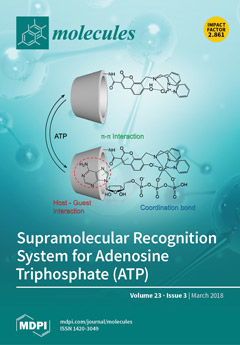Creeping bentgrass (
Agrostis stolonifera) is the preferred green lawn grass, with excellent turf characteristics but poor disease resistance. At present, the mechanisms of disease resistance in creeping bentgrass are poorly understood, especially the ethylene signal transduction pathway under the induced systemic
[...] Read more.
Creeping bentgrass (
Agrostis stolonifera) is the preferred green lawn grass, with excellent turf characteristics but poor disease resistance. At present, the mechanisms of disease resistance in creeping bentgrass are poorly understood, especially the ethylene signal transduction pathway under the induced systemic resistance (ISR) response. In this study, butanediol (BDO), as a new type of disease-resistance compound, was applied to creeping bentgrass seedlings to induce the ISR response. Then, we measured ethylene production and related enzyme activities. Additionally, transcript profiling and gene identification were performed in association to ethylene signal transduction pathways. The changes of ethylene production and related enzyme 1-aminocyclopropane-1-carboxylic acid oxidase (ACO) and 1-aminocyclopropane-1-carboxylic acid synthases (ACS) activities showed significant difference at 24 h after
Rhizoctonia solani inoculation among five treatments of various BDO concentrations. After 100 µmol L
−1 BDO treatment, ethylene production and related enzyme activities reached their peak levels. Additionally, 208,672 unigenes of creeping bentgrass were obtained by de novo assembly. In total, 15,903 annotated unigenes were grouped into 33 canonical pathways in the KEGG (Kyoto Encyclopedia of Genes and Genomes) analysis. Among those, 1803 unigenes were classified as ‘signal transduction’. There were 6766 differentially expressed genes (DEGs) among B24 (inoculated-rhizobacteria in MS medium with 100 µmol L
−1 BDO for 24 h), NB24, B72 and NB24 (no rhizobacteria in MS medium with 100 µmol L
−1 BDO for 24 h) libraries, and 4,639 DEGs between B24 and B72 (inoculated-rhizobacteria in MS medium with 100 µmol L
−1 BDO for 72 h) libraries, with 4489 DEGs in all three libraries. As suggested by the RT-PCR assay, the expression levels of ethylene-responsive and defense-related genes were variable among treated samples during the BDO-induced ISR responses. The expression levels of
EIN, ERF,
NPR1,
PR3 and
PR4 genes increased and reached their peaks in the first 24 h after
R. solani infection in the BDO-induced ISR reaction compared with NB24 treatments. This results is consistent with the changes of important ethylene biosynthetic enzymes and ethylene concentrations during the BDO-induced ISR responses. We further found the intermediate substances for the signaling pathway, and the relationships between the expression levels of BDO-induced ISR disease-resistance genes and those of the response genes for ethylene signal pathway. Our findings present a genetic basis for systemic resistance of creeping bentgrass through transcriptomic analysis and our study provides a theoretical and practical basis for the improvement of turfgrass disease resistance and quality.
Full article






